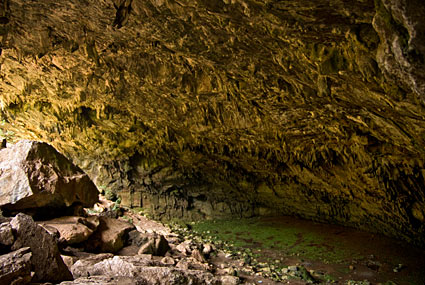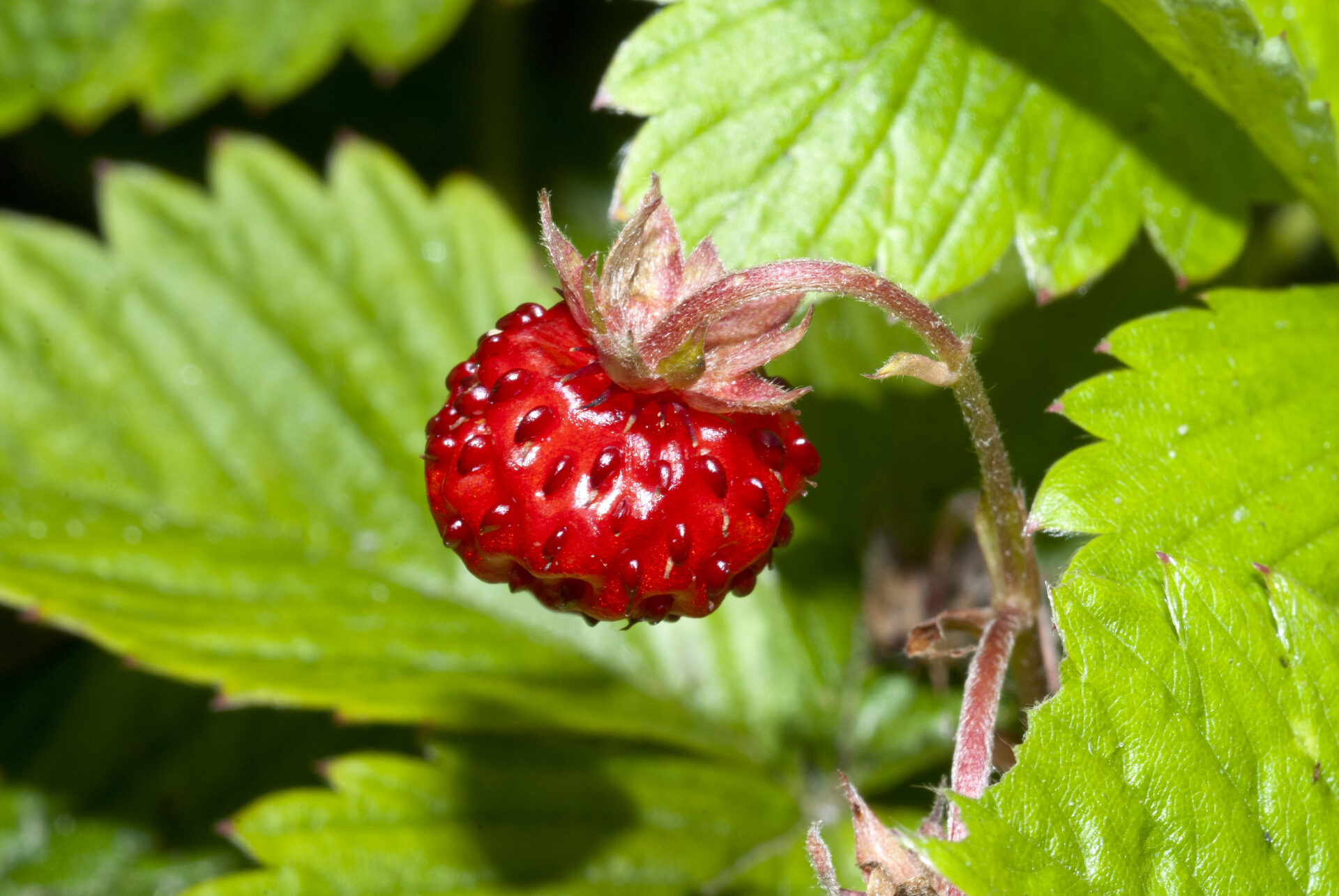Corfu could be considered as a whole as a large ecosystem consisting of the productive tree Olea europea (Corfiot olive tree). However, a closer look shows that there are several other natural ecosystems on our island that contribute equally to the beauty of the Corfiot landscape and remain relatively unknown. More specifically, the natural wealth of Corfu includes the Corfiot Olive Grove, Wetlands, Mountainous and Semi-mountainous Masses, Forest Areas, Panoramic Places, Geological Formations, Natural Springs, the Marine Ecosystem and Islets. Corfu is distinguished by a plethora of habitats that host a large number of rare plants and animals. It is the northernmost and westernmost large island of the Ionian Sea with an area reaching 592 sq.km. It is located at the entrance of the Adriatic Sea near the coasts of Epirus and is only 1.2 nautical miles, to the northeast of it, from the area of Butrint on the coasts of Albania, through the Strait of Corfu. Its shape is elongated, crescent-shaped, wide in the north and narrow in the south and follows parallel to the coasts of the opposite mainland. Its length is about 62 km and its width ranges from 26 km in the north to 3.4 km in the south. Its coastline extends to a length of 217 kilometers and forms several small bays with beaches and capes. The soil of the island is mainly flat with two mountain ranges interrupting the calm slopes and large plateaus. In the north dominates the mountain mass of Pantokrator, the ancient Istone, at 906 meters and is followed by other hills, such as Stravoskiadi (849 m.), Megoula (784 m.) and Tsouka (619 m.) and in the central are formed the peaks Agioi Deka (529 m.) and Stavros (450 m.). The basic rocks of the island are limestones followed by sandstones and clays.

Loutse cave
On the island there are dozens of interesting caves, such as Anthropograva, Loutson, Gardikiou, Kaminakiou, Antipsou, Alepotrypa and Ahnotrypa. The rivers, lakes and lagoons of the island are very interesting. The most important rivers are the Megapotamos, Tyflopótamos, Ropas, Agnos, Stravopotamos, Valaniou, Benitson, Lefkimmis and Mesogis which separates in a way the southern from the rest of Corfu. From the lagoons stand out the Korission, Antinioti, Chalkiopoulou and the Alyki of Lefkimi, while in the central there is a unique system of many beautiful small lakes due to karstic formations. In the north of the island lie the Diapontian Islands (Ereikoussa, Othonoi, Mathraki) and in the south the Paxos and Antipaxos, islands that all belong to the prefecture of Corfu. Near the island there are many smaller islands and islets, such as Lazareto, Vido, Pontikonisi, Lagoudia, Megalo and Mikro Tholeto, Kyradikaia, Skialoudi, Gynaika, Sykia, Kravia, Diaplo and Diakopo.
Corfu hosts many rare and precious plants and animals. Although the vegetation in Corfu is interrupted by houses and large olive groves, fertile soils create ideal conditions for the growth of many rare species.
The perennial olives dominate the landscape and are followed by many different trees, such as Aleppo pines, cypresses, stone pines, chestnuts, plane trees, tamarisks, bushy cypresses, poplars, ash trees, elms, oaks, holm oaks, broad-leaved oaks, domestic oaks, fluffy oaks, maples, willows, strawberry trees, myrtles, boxwoods, wild olive trees, phillyreas, wild hawthorns, tamarisks, tamarisks, wild pear trees, pear trees, carob trees and paloures.
The low vegetation includes species such as mastic, arbutus, cistus, heather, lavender, oregano, sage, thyme, throumbia, milk thistles, capers, ephedra, etc.
On the island have been recorded over 1,300 species of plants. From these stand out some endemic species of the Ionian or the Western Mediterranean, such as the amaranth Limonium arcuatum, the centaury.
AGRICULTURAL CULTIVATED SPECIES
Fruit and vegetables
There are scattered crops all over the island that produce fruit and vegetables for own consumption or for local markets.
Tomato
Particular interest is presented by the native varieties in the tomato. The Maltese or bardatsa or Vernazza, the variety buffalo heart or Coeur de Boeuf, are varieties that give extremely tasty tomatoes.
Strawberry
Special mention should be made of the Corfiot wild strawberry fragaria vesca which is a bomb of vitamins and trace elements.

Cultivation is very difficult, as wild strawberries are not tamed. Maintenance is equally difficult and of course the collection of the fruit must be done with the fingertips because they are very sensitive and tiny. In difficult weather conditions they do not have resistances. However, it has an excellent taste that makes them unique. On the island, wild strawberries have been cultivated in the village of Kynopiastes for many centuries, they are very aromatic and therefore rare and expensive in trade. In the old days, the farmers of Chrysida sold them on the road, hence the well-known folk lyric that says: “I don’t want to get married, to go to Kynopiastes, to pick strawberries, to sell them on the streets”! There is a rumor that the Princess of Austria Sissy brought them with her when she came to Corfu since her love for wild strawberries is known. In Vienna, she usually enjoyed them in pavlova or wrapped them in crepes with whipped cream, next to a jar of blue roses, which took her name. For her, it was the absolute fruit of spring and the beginning of summer.
Citrus
In addition to the “traditional” citrus fruits, which are grown all over Corfu, in some parts of the island the “strange and beautiful” citrus kumquat is cultivated.
Other Cultivated Species
Throughout the island there are scattered crops of fruit trees (eg apple trees, pear trees, apricot trees, medlar trees, pomegranates etc.)
WETLAND VEGETATION
Wetlands form characteristic biocenoses of allophytes, xerophytes and hydrophilic plants. These are plant species that live in sandy and rocky coastal habitats. The visitor can get to know sand-loving plants such as Ammophila arenaria, Achillea maritima, Eryngium maritimum and Medicago marina that have adapted to live in the front lines of coastal sand dunes (primary and yellow moving sand dunes). These plants have a strong root system that allows them to grow under conditions of moving sand and strong winds. Also, allophyte plants such as Tamarixparviflora, have adapted to live in conditions of high salinity that characterize coastal habitats. These plants have the ability to maintain a “normal” internal salt concentration, either by excreting salts through their leaves and stems or by concentrating salts in their leaves, which then dry out and fall. Also, xerophyte plants, such as Centaureaspinosa and Pancratiummaritimum have also adapted to survive in a dry environment by reducing their moisture loss or storing it in conditions of prolonged drought. During the different seasons, visitors can observe many annual plants such as Cakilemaritima, Salsolakali, Matthiolatricuspidata and Silenecolorata. Species such as Crythmummaritimum are also encountered, which mainly grow in the cracks of rocks and species such as Juncusspp and Limbardacrithmoides which mainly grow in salty marshes. Low trees and shrubs such as Juniperusoxycedrusvar, macrocarpa and Limoniastrummonopetalum are also part of this section. The vegetation of wetlands presents great environmental interest but is also extremely vulnerable and seriously threatened by human activities.
